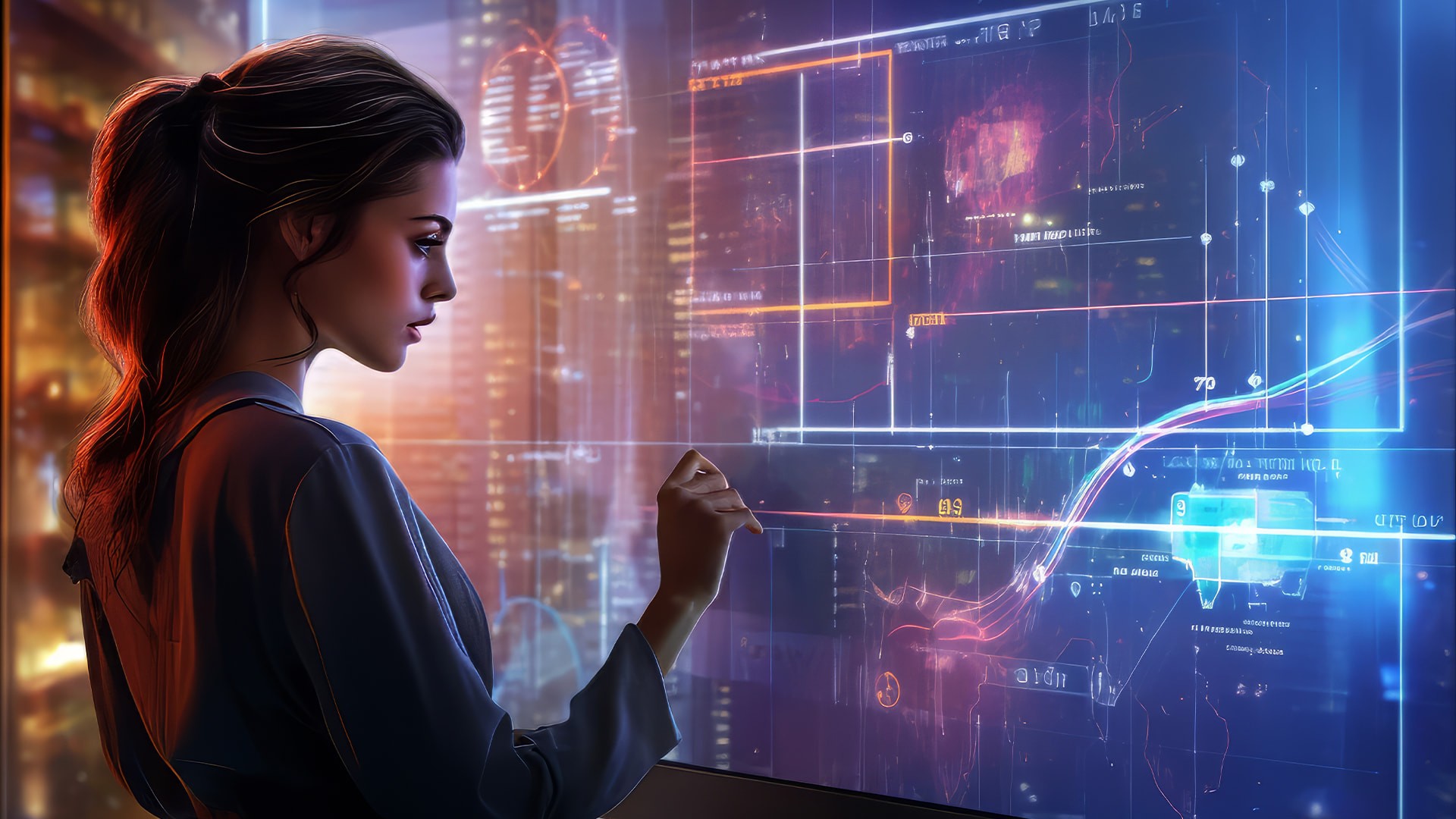Feb 14, 2024
Introduction
Spatial computing stands at the forefront of innovation, poised to redefine our interactions with the world around us. As we venture into 2024, a multitude of trends are set to shape the landscape of this captivating technology. In our blog post, we embark on an enlightening journey to explore the latest insights and emerging trends in spatial computing.
Understanding Spatial Platforms
Spatial platforms serve as dynamic ecosystems that facilitate immersive and collaborative experiences. These platforms encompass various technologies such as augmented reality (AR), virtual reality (VR), and mixed reality (MR), enabling spatial computing companies to develop diverse applications. Leveraging advancements in artificial intelligence, machine learning, and the Internet of Things (IoT), spatial platforms enhance the overall spatial experience.
The Rise of Augmented Reality (AR)
Augmented reality (AR) emerges as one of the most thrilling realms within spatial computing. By overlaying digital information onto the real world, AR empowers users to interact with virtual objects within their environment. In 2024, we anticipate a surge in AR usage across industries including education, healthcare, manufacturing, and entertainment. As spatial technology continues to advance and become more accessible, AR adoption is poised for exponential growth.
The Growth of Mixed Reality (MR)
Mixed reality (MR) combines elements of both AR and VR, offering users an immersive experience where virtual and real-world elements coexist. In 2024, we foresee significant growth in MR applications, particularly within the consumer market. With mixed reality headsets becoming more affordable and developers innovating new experiences, MR is poised to revolutionize gaming, entertainment, and education sectors.
Affordability Driving Adoption
The lowering price of spatial computing devices plays a pivotal role in driving adoption among a broader user base. As competition in the industry intensifies, we anticipate even more affordable devices entering the market in 2024. Additionally, the increasing availability of open-source hardware and software contributes to cost reduction in developing and manufacturing spatial computing devices. This trend paves the way for wider accessibility and democratization of spatial computing experiences.
Innovative Applications
Developers continually push the boundaries of spatial computing, exploring novel applications across various domains. From gaming and education to healthcare and manufacturing, the potential applications for spatial computing are vast and diverse. As technology evolves, we anticipate witnessing an influx of innovative spatial computing applications that transform how we work, play, and interact.
Convergence with Other Technologies
Spatial computing converges with other cutting-edge technologies such as artificial intelligence (AI), machine learning (ML), and the Internet of Things (IoT). This convergence amplifies the capabilities of spatial computing systems, enabling seamless integration with interconnected devices and intelligent algorithms. As we progress into 2024, we anticipate further mergers between spatial computing and other emerging technologies, unlocking new possibilities and driving innovation.
Regulatory Considerations
As the reach of spatial computing expands, regulatory frameworks must evolve to address potential risks and ensure responsible utilization. Governments worldwide are taking steps to regulate spatial computing, balancing innovation with safety and ethical considerations. By 2024, we expect to see increased legislation governing the use of spatial computing technologies, promoting safe and responsible deployment while fostering continued innovation.
Conclusion
Spatial computing is on the brink of a transformative revolution, poised to reshape our interactions with the world. In 2024, we anticipate several trends shaping the future of spatial computing, from the rise of AR and MR to the increasing affordability of devices and the development of innovative applications. With its potential to revolutionize how we work, play, learn, and connect, spatial computing holds immense promise for a brighter future ahead.





